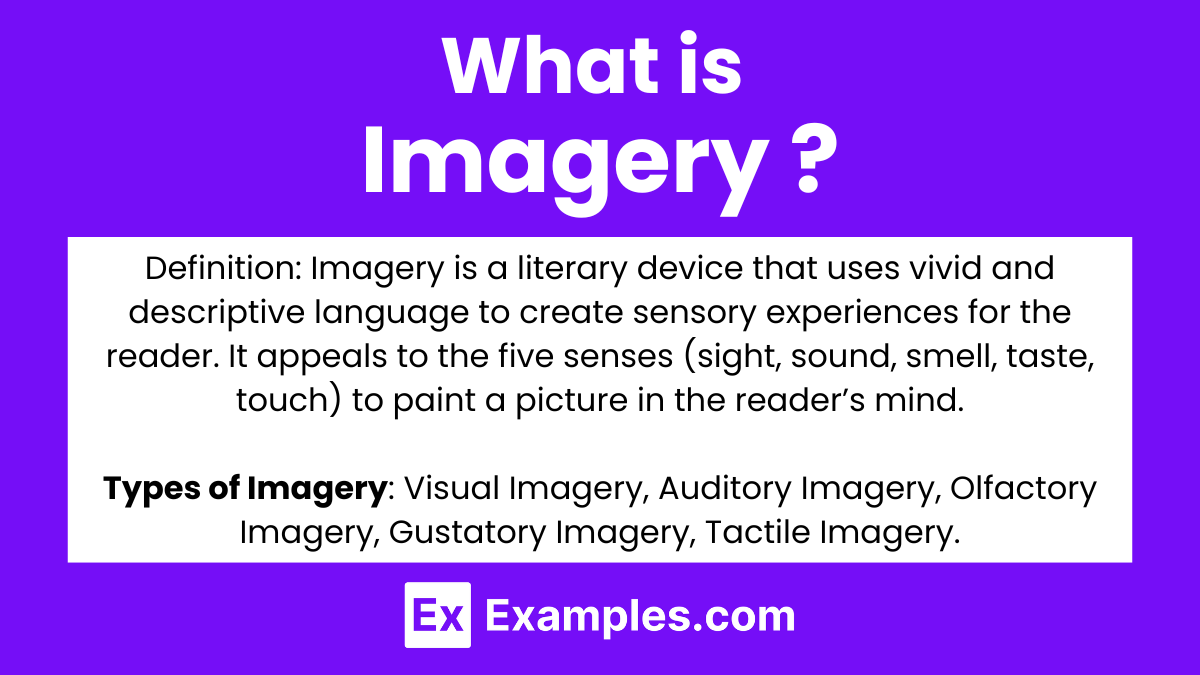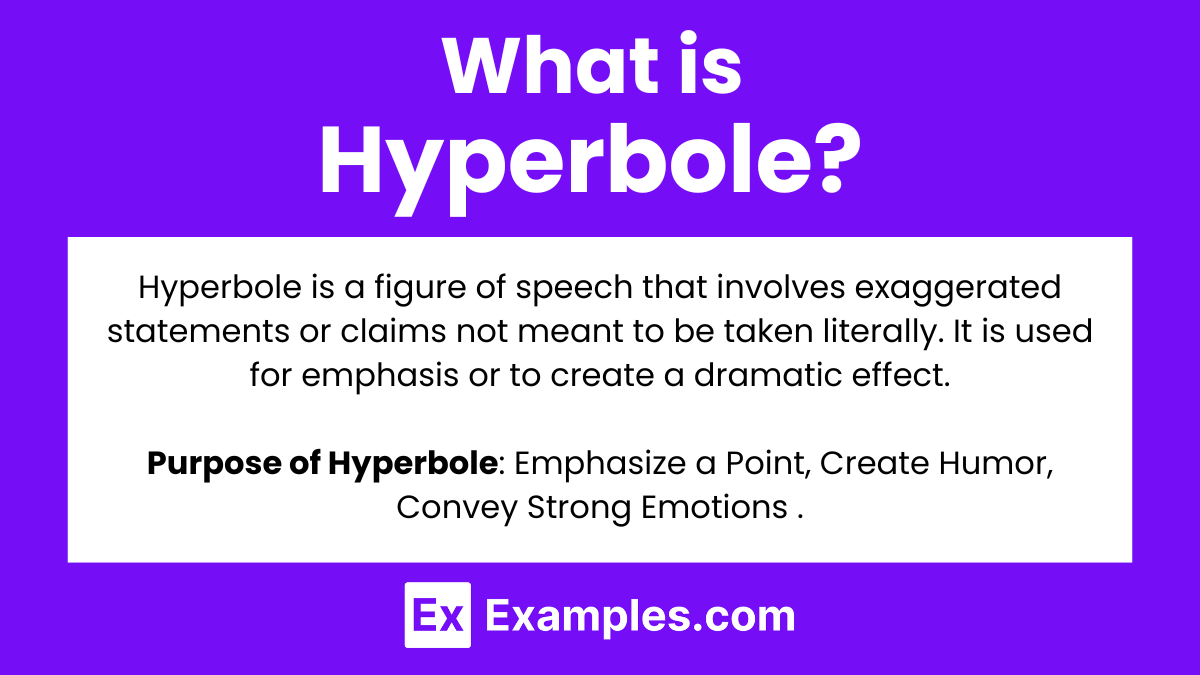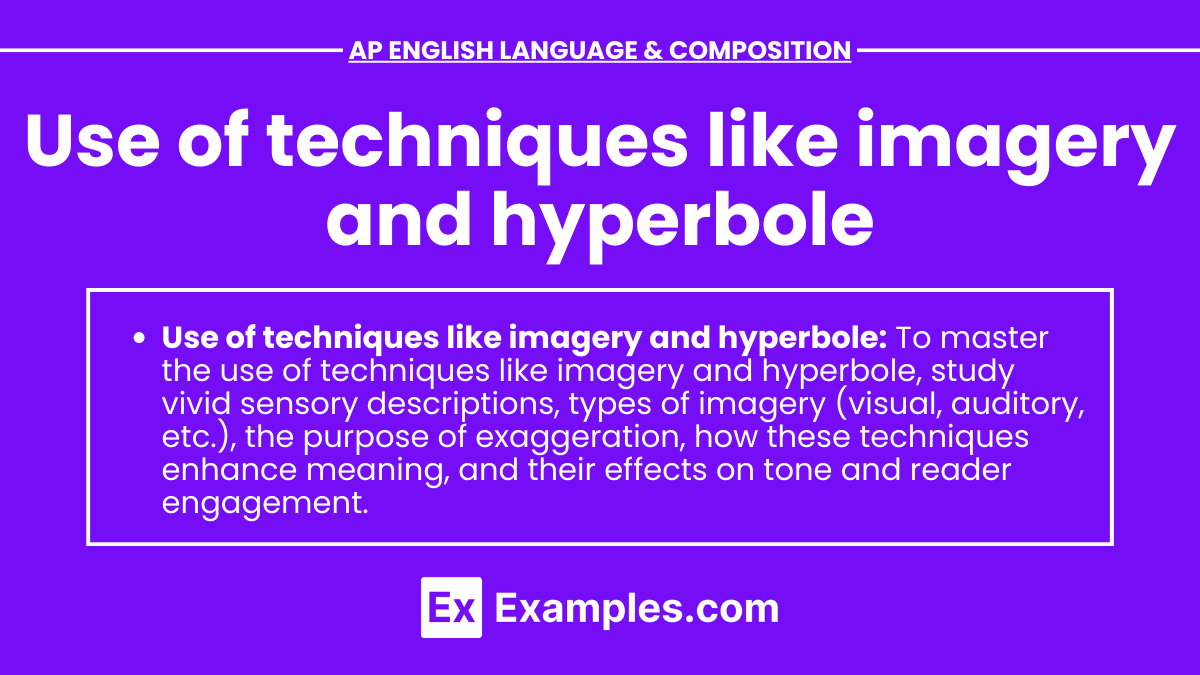In AP English Language and Composition, the effective use of literary techniques such as imagery and hyperbole is essential for crafting compelling rhetorical sentences and engaging cumulative sentences. These techniques not only enhance the vividness and emotional impact of a text but also play a crucial role in argumentative speech and argumentative writing. By mastering imagery and hyperbole, students can create more persuasive and evocative arguments, whether in essays or oral presentations, thus elevating their overall communication skills.
Learning Objectives
For mastering the use of imagery and hyperbole in AP English Language and Composition include the ability to construct detailed cumulative sentences, write clear explanatory essays that elucidate these techniques, and compose insightful expository essays that explore their effects. Students will learn to craft precise rhetorical sentences to convey complex ideas, develop coherent final thesis statements, and apply critical thinking to analyze and interpret the use of imagery and hyperbole, connecting these techniques to broader themes and arguments in their writing.
Imagery

Definition: Imagery is a literary device that uses vivid and descriptive language to create sensory experiences for the reader. It appeals to the five senses (sight, sound, smell, taste, touch) to paint a picture in the reader’s mind.
Types of Imagery:
- Visual Imagery: Descriptions that appeal to the sense of sight.
- Auditory Imagery: Descriptions that appeal to the sense of hearing.
- Olfactory Imagery: Descriptions that appeal to the sense of smell.
- Gustatory Imagery: Descriptions that appeal to the sense of taste.
- Tactile Imagery: Descriptions that appeal to the sense of touch.
Purpose:
- Create Vivid Experiences: Helps readers visualize scenes, enhancing their engagement and understanding.
- Evoke Emotions: Appeals to the readers’ senses, evoking specific emotional responses.
- Establish Mood: Contributes to the overall mood or atmosphere of the narrative.
Analyzing Imagery:
- Identify Sensory Details: Look for descriptive language that appeals to the senses.
- Evaluate the Effect: Consider how the imagery enhances the reader’s experience and understanding of the text.
- Connect to Themes: Analyze how the imagery contributes to the broader themes and messages of the work.
Examples in Literature:
- William Wordsworth’s “I Wandered Lonely as a Cloud”: Uses visual imagery to describe a field of daffodils.
- John Keats’s “To Autumn”: Rich in sensory details, appealing to sight, sound, and touch.
Hyperbole

Definition: Hyperbole is a figure of speech that involves exaggerated statements or claims not meant to be taken literally. It is used for emphasis or to create a dramatic effect.
Purpose:
- Emphasize a Point: Highlights the importance or intensity of an idea or feeling.
- Create Humor: Often used in a humorous context to entertain the reader.
- Convey Strong Emotions: Expresses strong emotions by exaggerating reality.
Analyzing Hyperbole:
- Identify Exaggerations: Look for statements that are clearly exaggerated beyond reality.
- Consider the Purpose: Determine why the author chose to use hyperbole and what effect it creates.
- Evaluate the Impact: Analyze how the hyperbole contributes to the overall meaning or tone of the text.
Examples in Literature:
- Mark Twain’s “The Celebrated Jumping Frog of Calaveras County”: Uses hyperbole for comic effect.
- Homer’s “The Iliad”: Often employs hyperbole to emphasize the heroism of characters.


